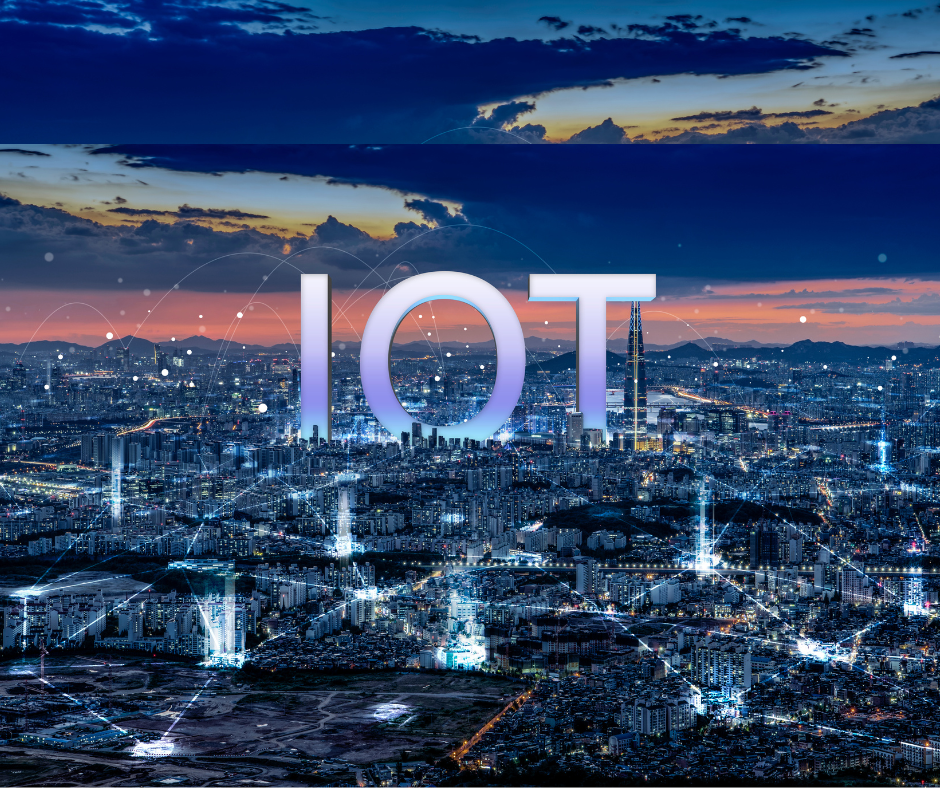The Internet of Things (IoT) can be described as a network of physical objects that are embedded with software, sensors and other technologies in order to connect and exchange data with systems and other devices over the internet. These devices could be ordinary household objects or sophisticated industrial tools.
Over a few years, the Internet of Things has become one of the most important technologies of the current century. Now that we can connect ordinary household objects - thermostats, cars, kitchen appliances, patient monitors - to the internet via embedded software, sensors, etc. IoT has eased seamless communication between systems, people and things in every possible way.
In this hyperconnected world, give your work a boom by following the trends mentioned below and provide the best help and growth to your business with the help of the Internet :
TREND#1- Get more human-device interaction for Growth in Data and devices
Around 30 billion gadgets will be actively linked to the Internet and utilized for daily tasks worldwide by the end of 2023. With the rollout of 5G, additional devices and data traffic will be possible. The rising usage of edge computing, which will make it simpler for businesses to analyze data more quickly and nearby the sites of action, can be added to this trend.
TREND#2- Artificial intelligence is a big player in IoT
Utilizing data to its fullest potential and even grasping the fundamentals of how contemporary infrastructure works calls for artificial intelligence support from computers. Through AI algorithms that can use machine learning and deep learning, several firms aspire to improve their market share by enabling companies to get more value from their constantly expanding data quantities.
Artificial intelligence is a vital component to making sense of the enormous quantity of data being gathered these days and maximizing its value for the business. In the following sectors, AI will assist with IoT data analysis:
●
Preparation
and discovery of data
●
Visualization
of streaming data
●
Accuracy of
time series and data
● Advanced and predictive analytics
TREND#3- A Reality for Voice User Interface
It's a fight between business titans that want to control the IoT market from the start. The usage of speech will become standard not just in smart homes and factories but also in between, such as in automobiles and wearables, for configuring devices, altering their configuration, issuing orders, and getting responses. Businesses are working to build "their hubs" with customers so that they may continue adding gadgets without difficulty or annoyance. Future smart device hubs will be digital assistant devices like Alexa, Siri, and Google Assistant.
TREND#4-A real explanation for Smart IoT
Nothing will provide a finer demonstration of IoT's connection and processing than smart cities, yet these developments have recently been in a holding pattern. To make the community a comfortable, convenient, safe, and clean environment for its residents, smart sensors placed around the area will continuously record everything from walking paths, shared car use, building occupancy, sewage flow, and temperature preference. Once the concept is perfected, additional smart communities and, eventually, smart cities may use it as their starting point. However, the advantages for cities might make IoT technology particularly alluring.
TREND#5-The Development of Digital Twin and Industrial IoT
A confluence of technologies is driving this new techno-industrial revolution, and IoT significantly improves the productivity, safety, and profitability of production. Through data integration and analysis, industrial IoT increases efficiency and production in a way that isn't feasible without a connected manufacturing process. The idea of "digital twin" technology is another one that is gaining ground. Employing it enables businesses to see how their IoT devices engage with the production process.
TREND#6- Solution of all Social, Legal, and Ethical issues
IoT devices are a recent technology that is mostly uncontrolled. In the foreseeable future, IoT will unavoidably encounter societal and legal issues. It is especially pertinent to information gathered by these devices that may soon be covered by the General Data Protection Regulation (GDPR). The GDPR, a rule governing how personal data is handled and privacy is protected in the European Union, has a global impact. Any company that wants to conduct business within the EU effectively must adhere to the rules outlined in its 88-page document.
Security concerns are crucial when it comes to the legal control of personal data. Development teams on several levels, including data encryption, active consent, various types of verification, and other procedures, may ensure the necessary degree of security and compliance. Their objective is to gather data legally while limiting its accessibility, processing, and storage to what is necessary for the software product.
TREND#7- Standardization will still
be an issue
It
is one of the biggest challenges in the growth of IoT, and it is a Battle among
the industry leaders who like to dominate the market of IoT at an early stage.
One possible solution to standardize is to limit the number of vendors
dominating the market.
We
are required to deal with these three categories in the standardization process
to make it smooth for the users.
●
Platform,
●
Connectivity,
●
Applications.

